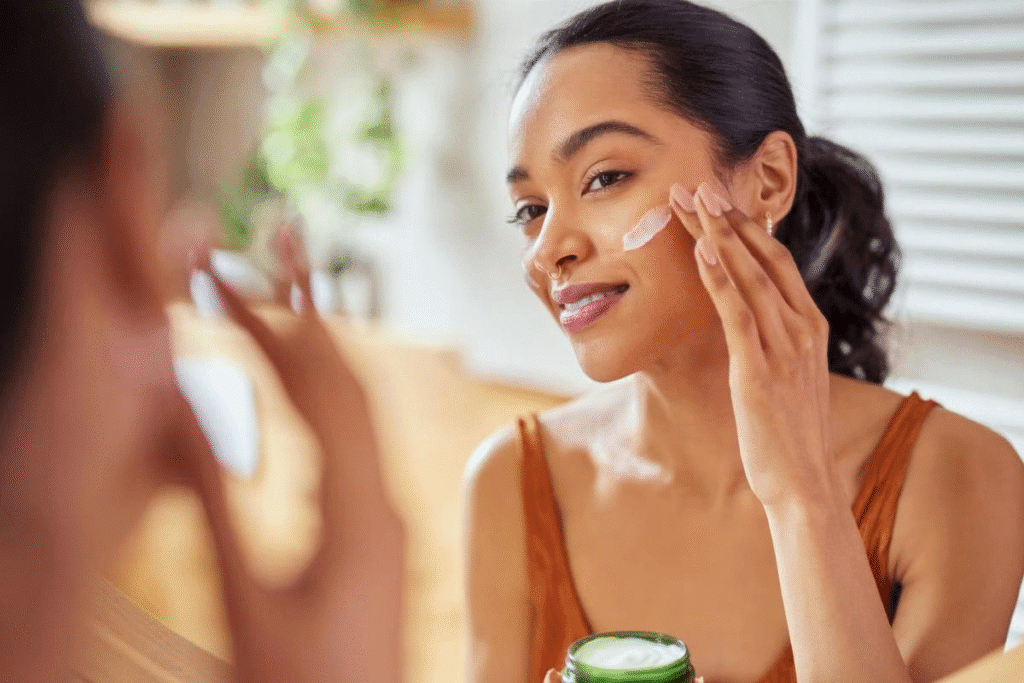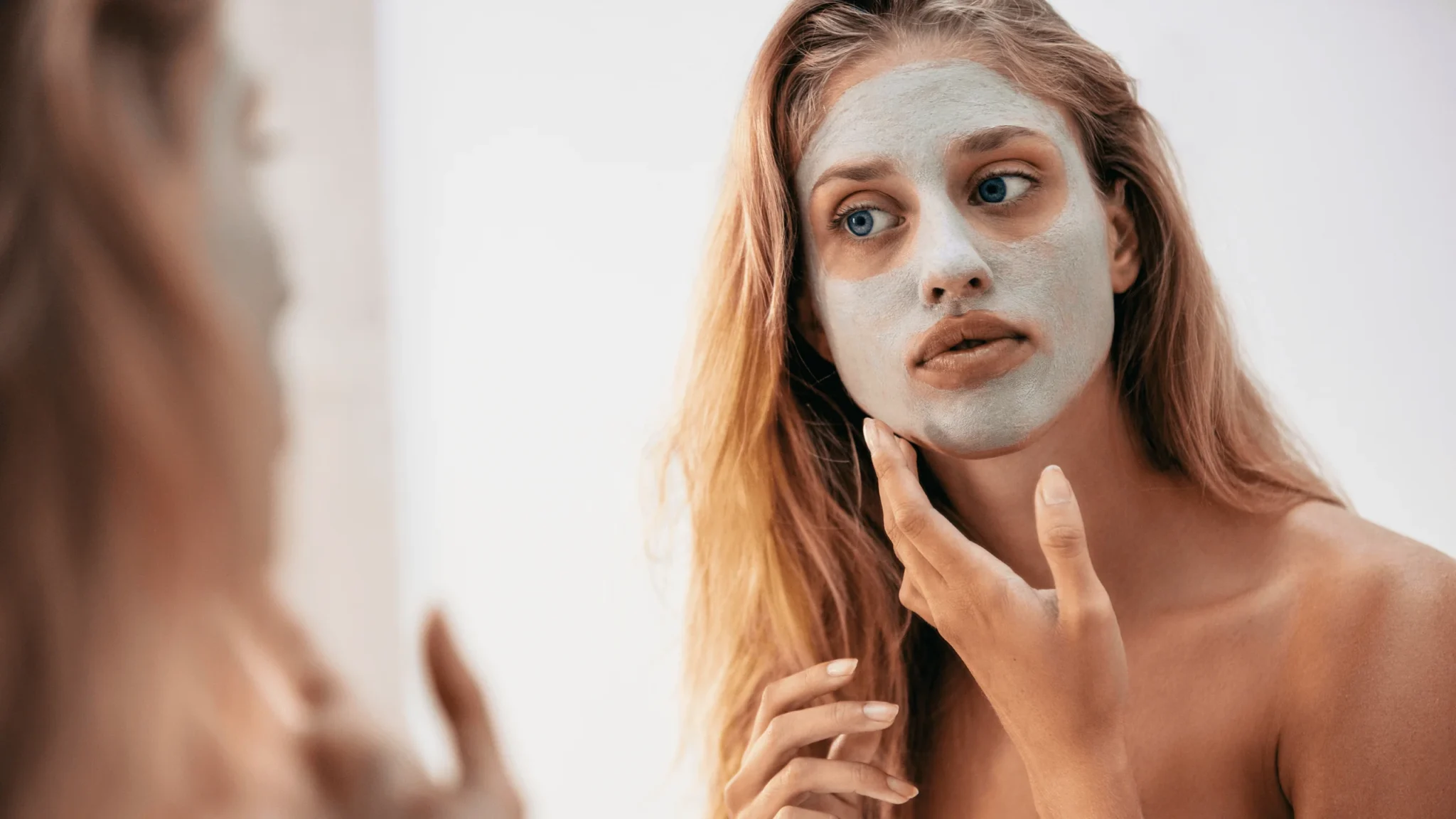When it comes to skincare and haircare, what we apply to our skin and hair matters just as much as what we eat. Many conventional beauty products contain harmful chemicals that can irritate the skin, cause allergic reactions, or lead to long-term health issues. To make informed choices for healthier skin and hair, it’s essential to avoid certain toxic ingredients. Here’s a list of 15 harmful ingredients commonly found in skincare and haircare products that you should steer clear of:
1. Parabens (Methylparaben, Ethylparaben, Propylparaben, Butylparaben)
Why Avoid It: Parabens are used as preservatives in cosmetics, but they can disrupt hormone function by mimicking estrogen in the body. This can lead to hormonal imbalances, and some studies suggest that parabens may be linked to cancer and fertility issues.
What to Look for Instead: Look for products labeled “paraben-free” to ensure they don’t contain these harmful chemicals.
2. Sodium Lauryl Sulfate (SLS) and Sodium Laureth Sulfate (SLES)
Why Avoid It: These sulfates are commonly used in cleansers and shampoos to create a foamy lather. They can strip the skin and hair of natural oils, leading to dryness, irritation, and sometimes allergic reactions. They can also cause scalp issues like dandruff.
What to Look for Instead: Look for sulfate-free products that use milder cleansing agents like cocamidopropyl betaine or decyl glucoside.
3. Phthalates (Dibutyl Phthalate, Diethyl Phthalate)
Why Avoid It: Phthalates are often used to make fragrances last longer, but they have been linked to hormone disruption and developmental issues. These chemicals can be absorbed through the skin, affecting your body’s hormonal balance.
What to Look for Instead: Choose products that are labeled as phthalate-free, especially those without artificial fragrances.
4. Formaldehyde (and Formaldehyde-Releasing Preservatives)
Why Avoid It: Formaldehyde is a known carcinogen and irritant to the skin, eyes, and respiratory system. It’s often used in nail polishes, hair treatments, and some skincare products as a preservative.
What to Look for Instead: Opt for products with safer preservatives like phenoxyethanol or ethylhexylglycerin.
5. Synthetic Fragrances
Why Avoid It: Synthetic fragrances often contain a cocktail of chemicals, some of which can cause skin irritation, allergic reactions, or headaches. Fragrance-free products are often a safer choice, particularly for sensitive skin.
What to Look for Instead: Go for naturally scented products or those that use essential oils for fragrance.
6. Triclosan
Why Avoid It: Triclosan is an antibacterial agent found in some body washes and hand sanitizers. It can irritate the skin and disrupt thyroid function, and it may contribute to antibiotic resistance.
What to Look for Instead: Opt for triclosan-free products, especially when looking for antibacterial options.
7. Toluene
Why Avoid It: Toluene is a solvent found in nail polishes and hair dye. It’s linked to headaches, dizziness, and long-term damage to the liver and kidneys.
What to Look for Instead: Choose toluene-free nail polish and hair color products for safer alternatives.
8. Propylene Glycol
Why Avoid It: Often used as a moisturizer and preservative in skincare products, propylene glycol can irritate sensitive skin and cause allergic reactions. It can also disrupt the skin’s natural moisture barrier.
What to Look for Instead: Look for products with glycerin or sodium hyaluronate as hydrating alternatives.
9. PEG (Polyethylene Glycol)
Why Avoid It: PEG compounds are used as emulsifiers in creams and lotions, but they can be contaminated with harmful impurities like 1,4-dioxane, which is a potential carcinogen.
What to Look for Instead: Choose products without PEGs, or those using natural emulsifiers like beeswax or candelilla wax.
10. Alcohol (Denatured Alcohol, Isopropyl Alcohol)
Why Avoid It: While alcohol is often used to make products dry quickly, it can be very drying and irritating to the skin, especially for those with sensitive or dry skin types. It can strip away natural oils, leading to dehydration.
What to Look for Instead: Go for alcohol-free products or those with fatty alcohols like cetyl alcohol, which are nourishing for the skin.
11. Oxybenzone (in Sunscreens)
Why Avoid It: Oxybenzone is a chemical sunscreen ingredient that can disrupt hormones and trigger skin allergies. It has also been linked to environmental harm, particularly to coral reefs.
What to Look for Instead: Choose mineral sunscreens containing zinc oxide or titanium dioxide, which are safer for both your skin and the environment.
12. Silicones (Dimethicone, Cyclopentasiloxane)

Why Avoid It: Silicones are used in hair and skin products to give a smooth finish. While they give a temporary smooth look, they can build up over time, leading to clogged pores, scalp buildup, and potential irritation.
What to Look for Instead: Choose silicone-free products that use natural oils or butters for smoothness, like argan oil or shea butter.
13. Coal Tar
Why Avoid It: Used in some shampoos and topical treatments for dandruff and psoriasis, coal tar is a known carcinogen and can irritate sensitive skin. It’s also linked to various other health risks, including skin cancer.
What to Look for Instead: Look for natural alternatives like tea tree oil or zinc pyrithione for dandruff treatment.
14. BHA/BHT (Butylated HydroxyToluene/Butylated HydroxyAnisole)
Why Avoid It: These synthetic antioxidants are used as preservatives but have been linked to hormone disruption and potential carcinogenic effects.
What to Look for Instead: Use products with natural preservatives like rosemary extract or vitamin E.
15. Sunscreen Chemicals (Avobenzone, Homosalate, Octinoxate)
Why Avoid It: While these chemicals are effective in sunscreens, they can cause irritation and are linked to hormone disruption and environmental damage, especially to marine life.
What to Look for Instead: Opt for physical sunscreens with zinc oxide or titanium dioxide, which provide broad-spectrum protection without harmful chemicals.
Final Thoughts:
Being mindful of what goes into your skincare and haircare products is essential for maintaining healthy skin and hair. By choosing products free of harmful ingredients, you can protect your body from potential health risks while nourishing your skin and hair naturally. Always read product labels and opt for brands that prioritize safety, transparency, and sustainability in their ingredients. Healthy skin starts with the right care, and that begins with what you put on your skin.
Also Read : Winter Skin Woes: How Cold Weather Impacts Your Skin and How to Combat It



